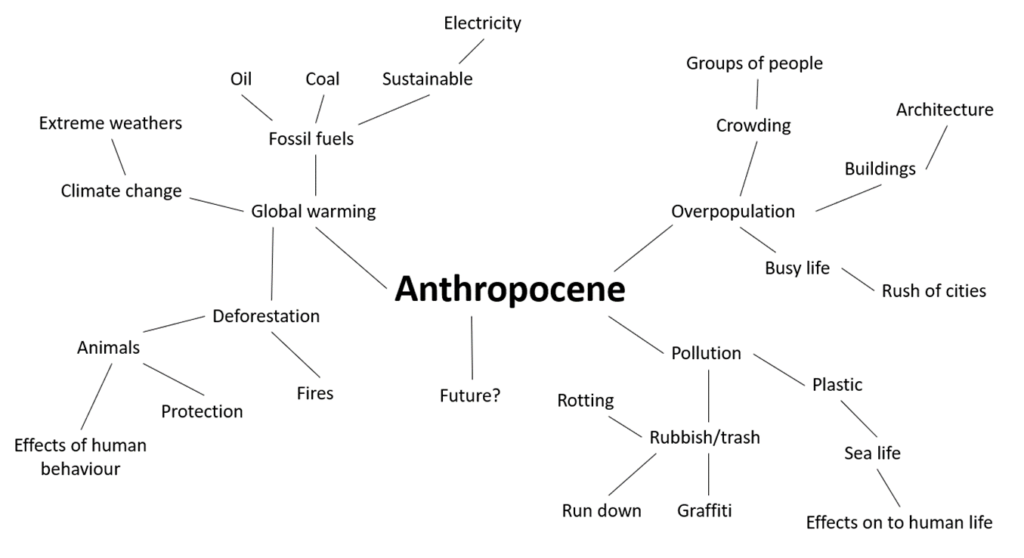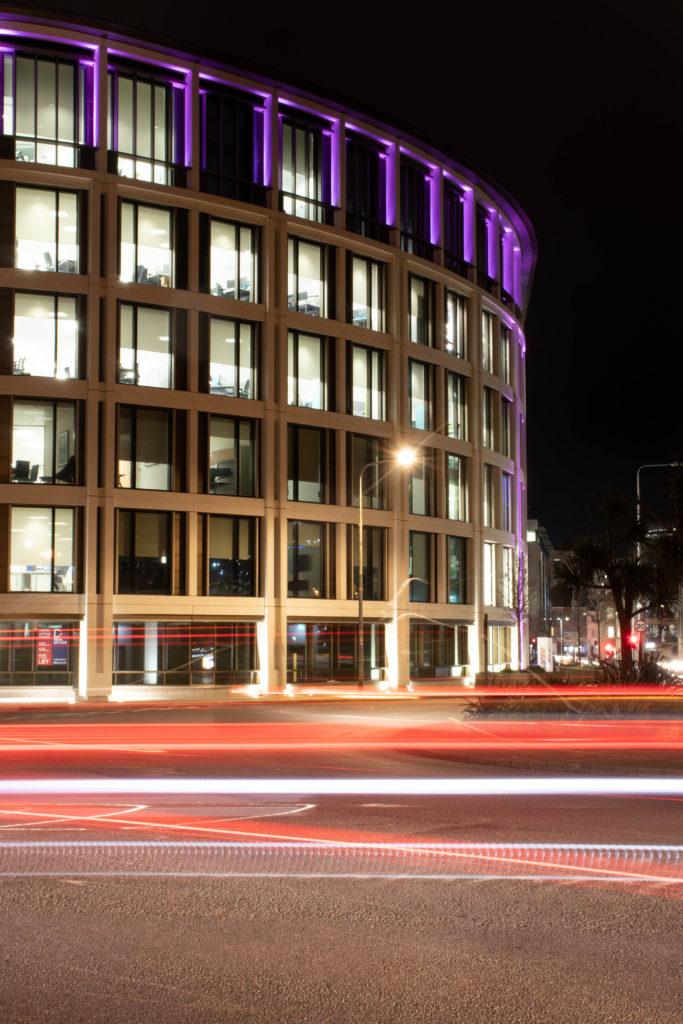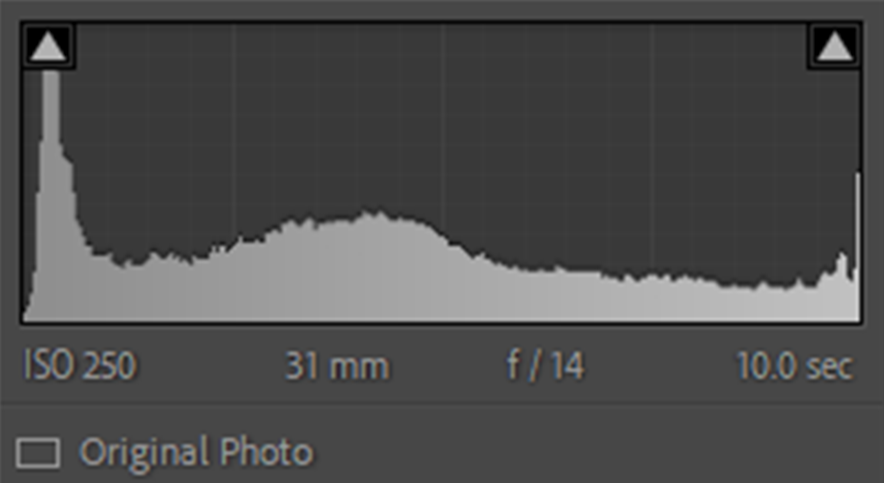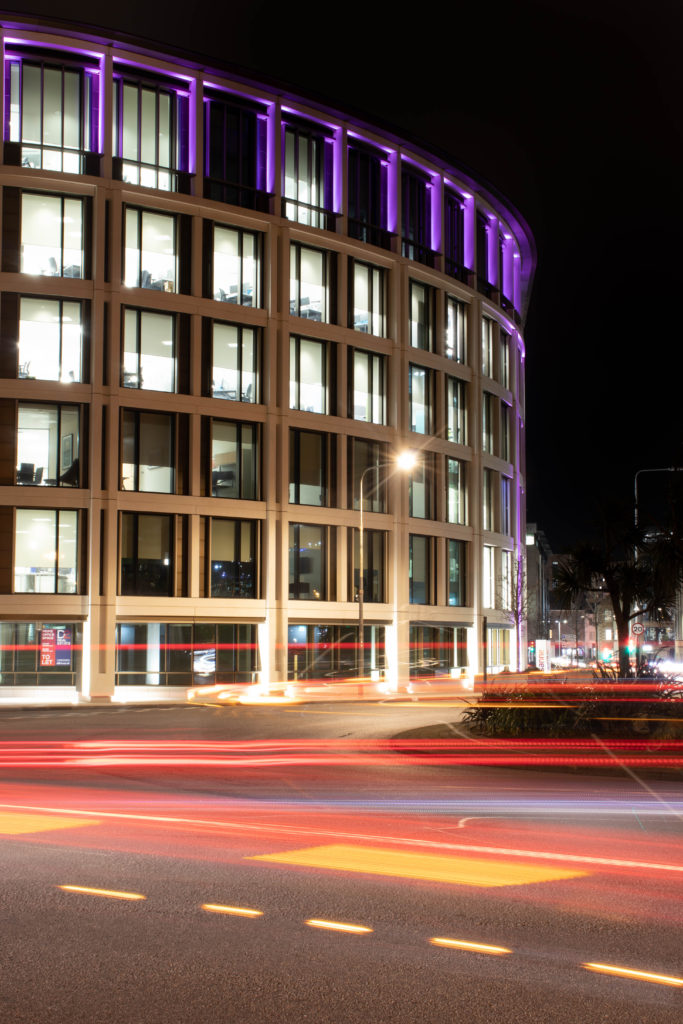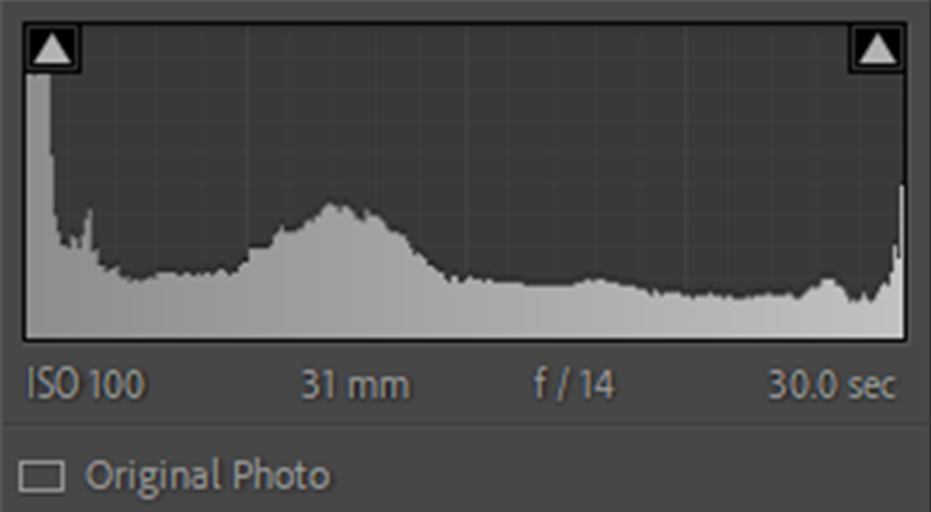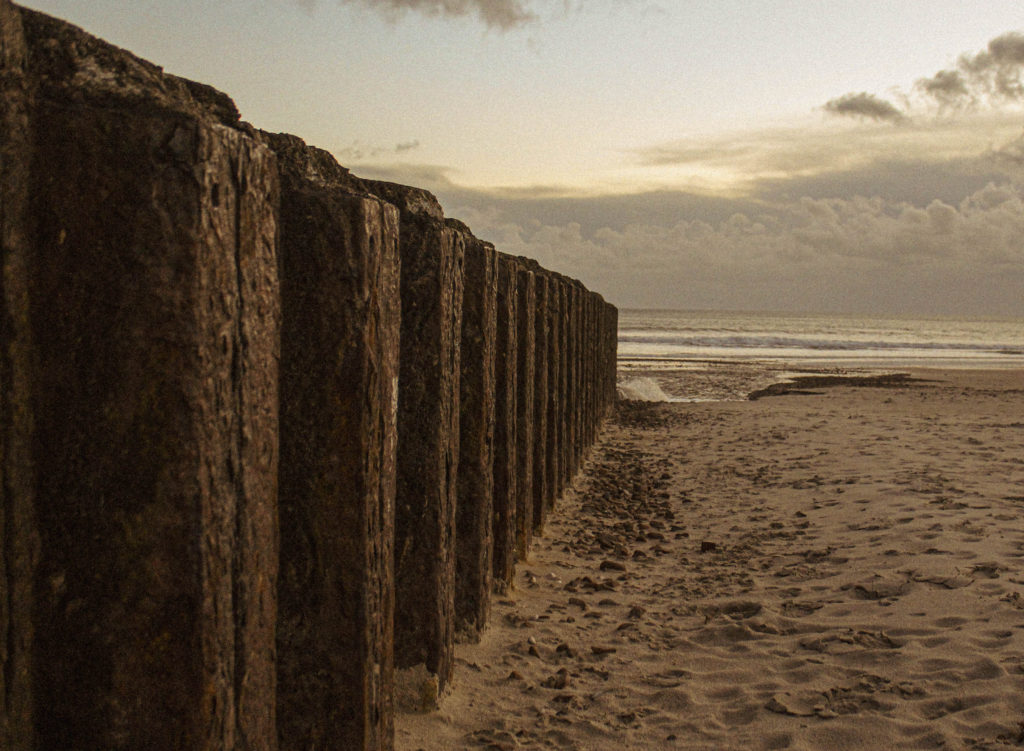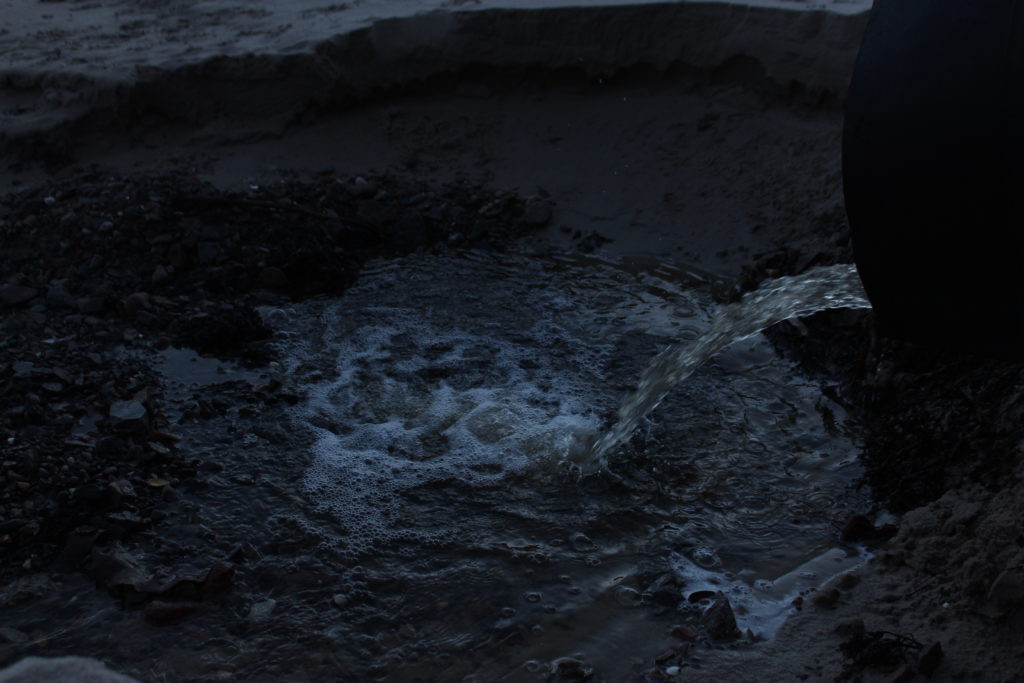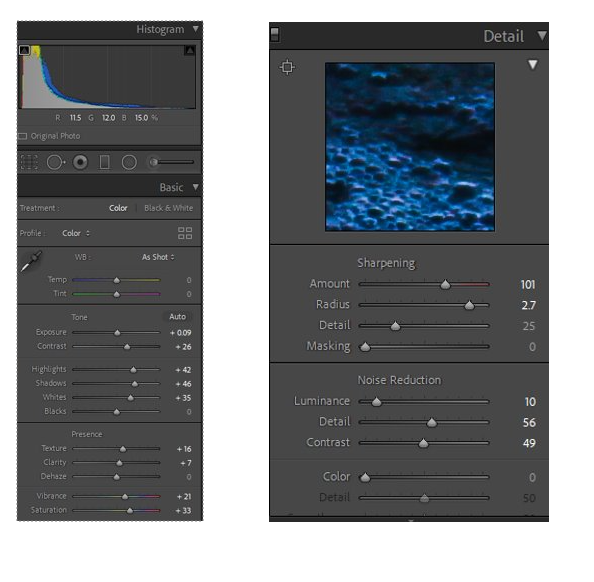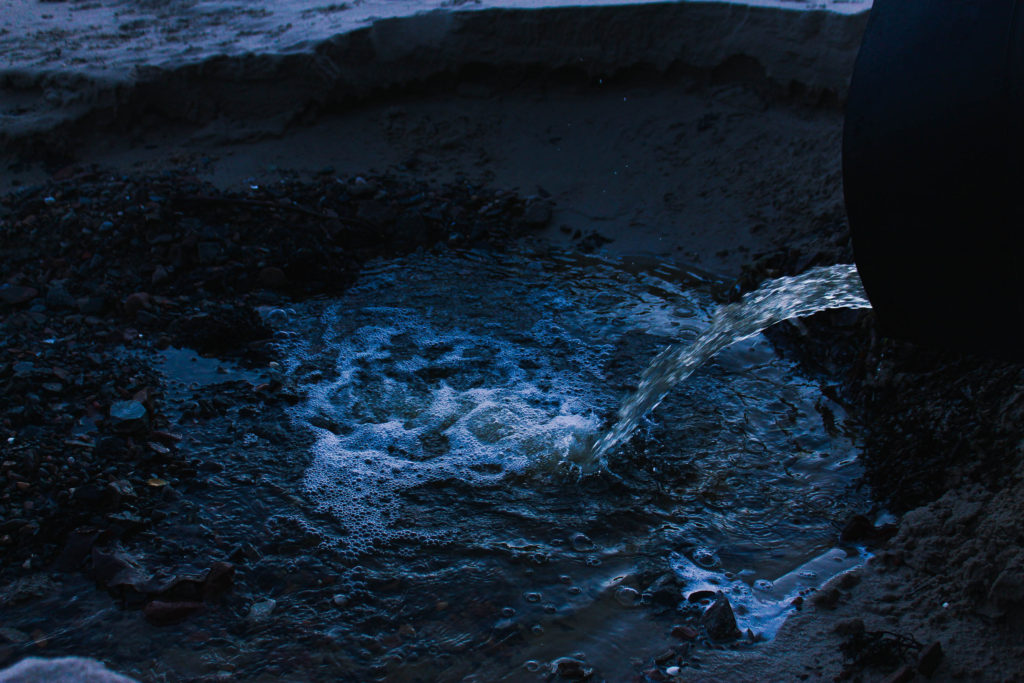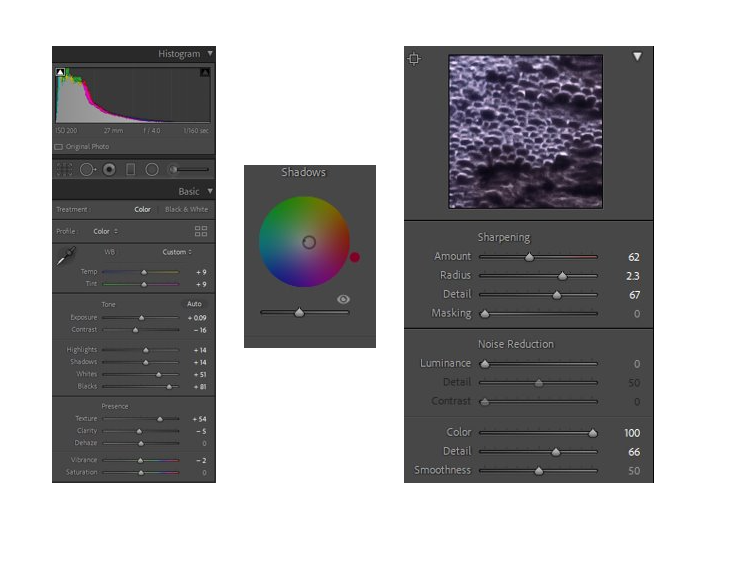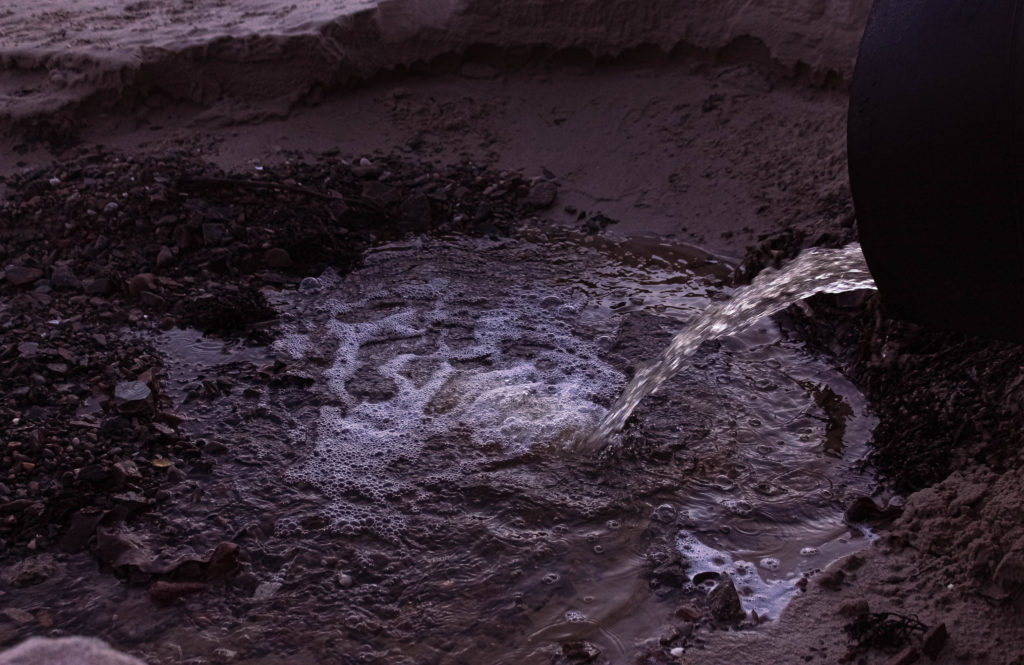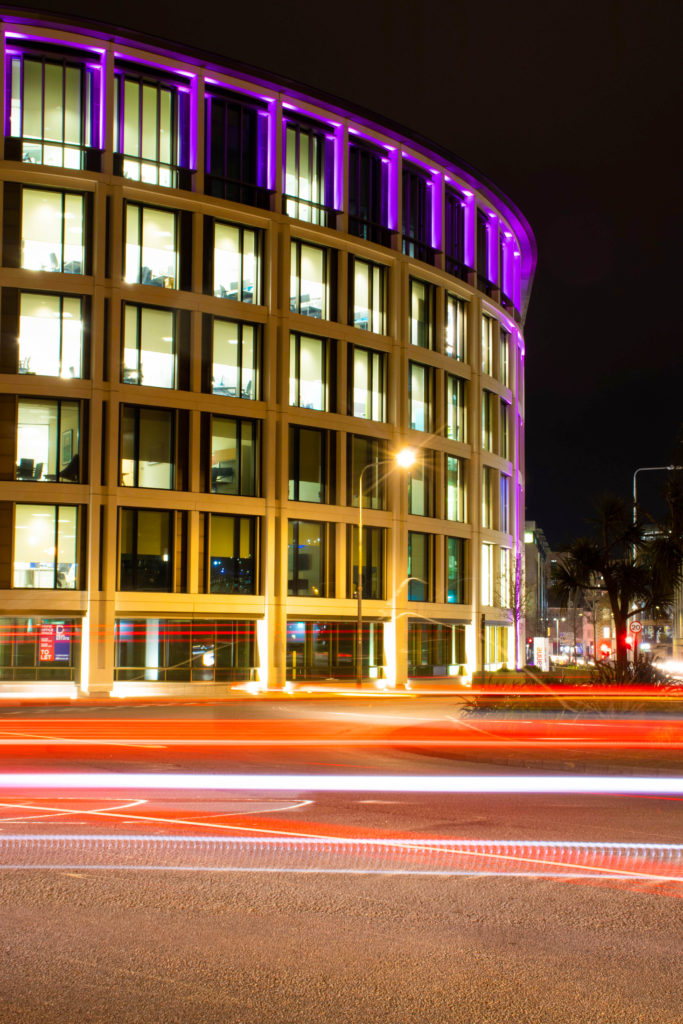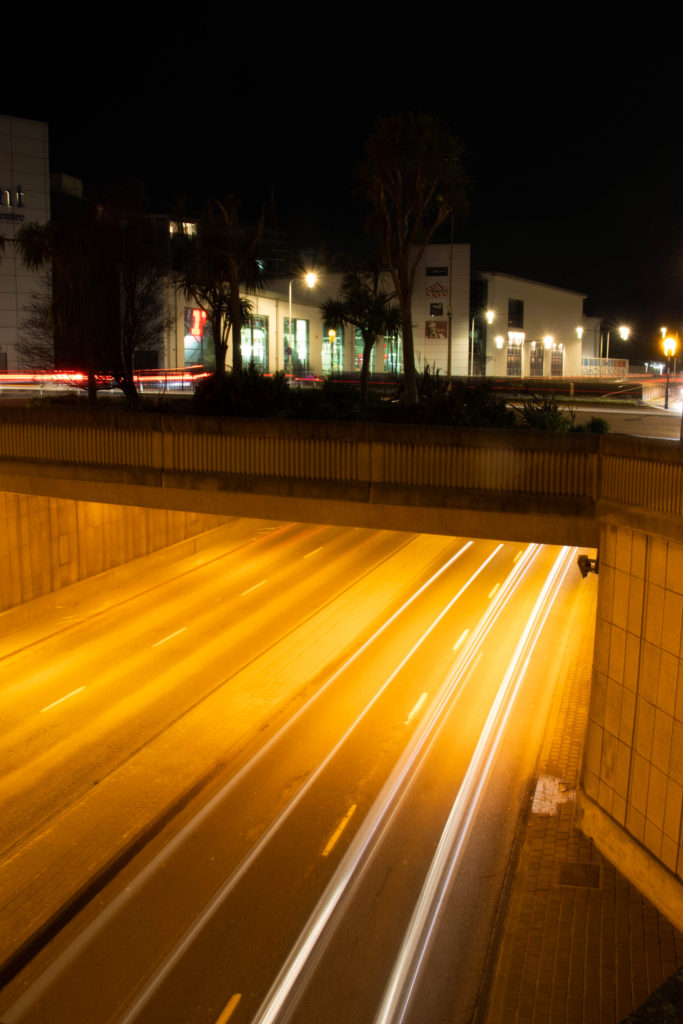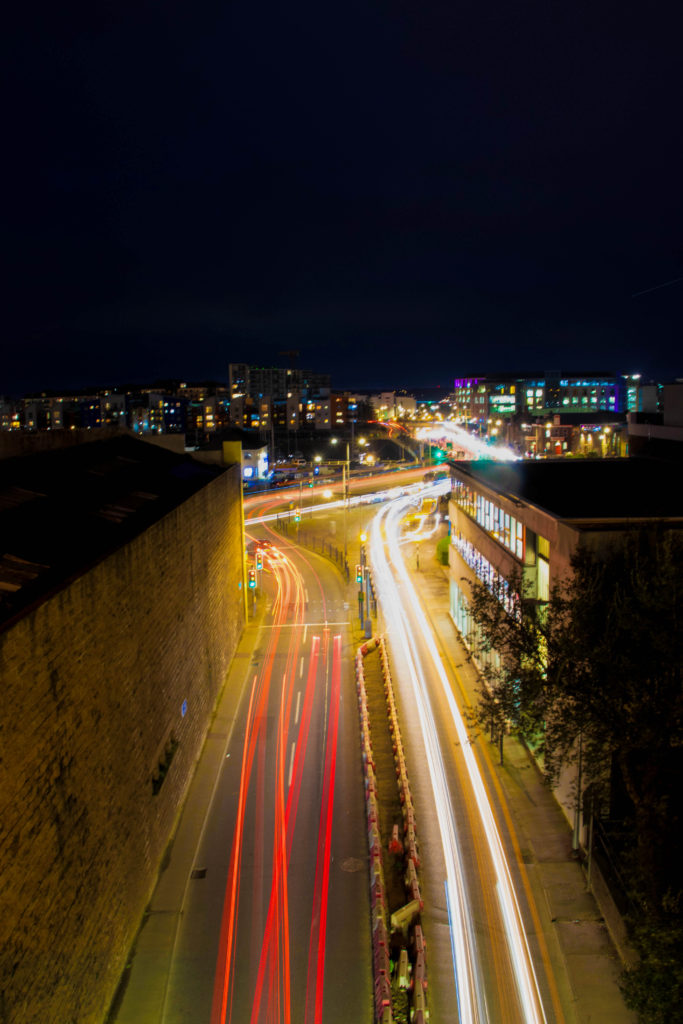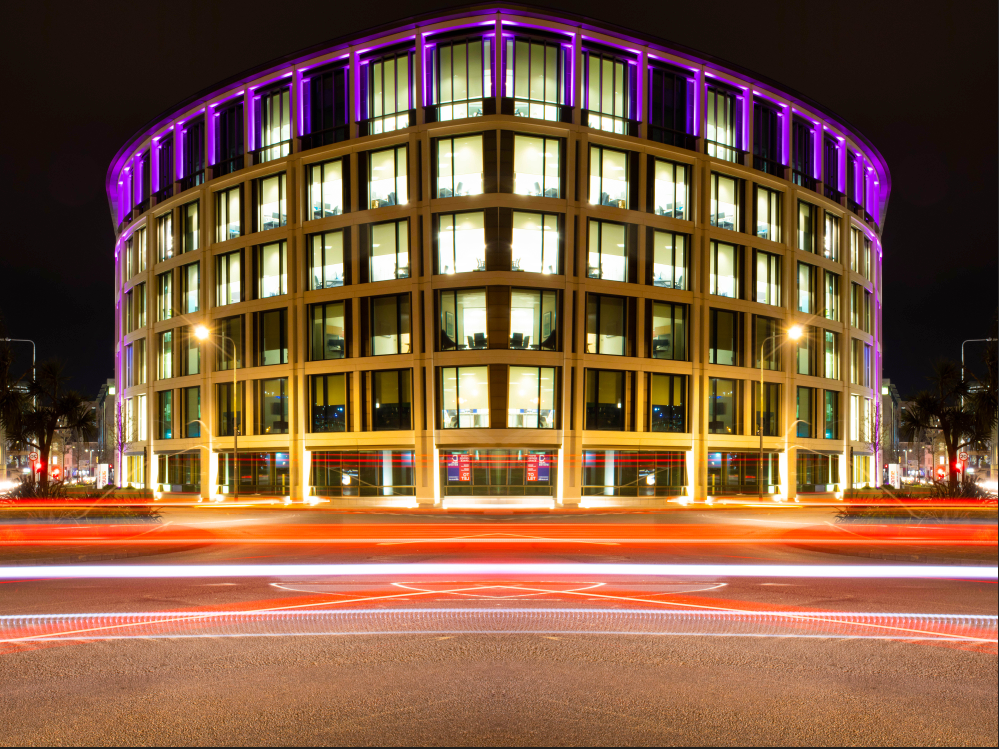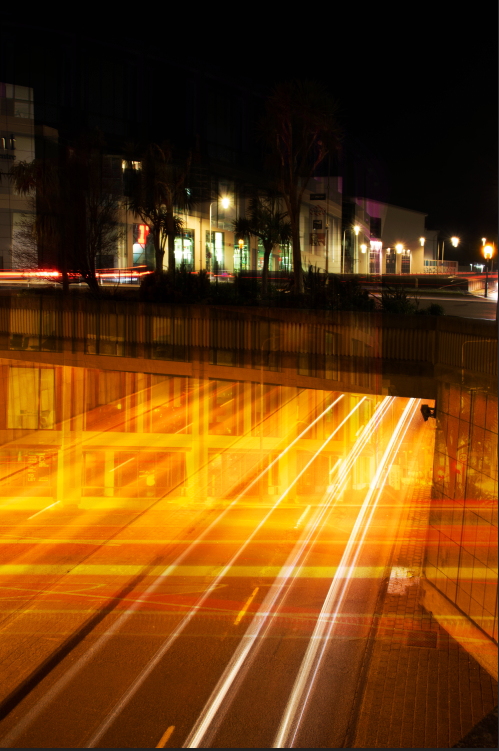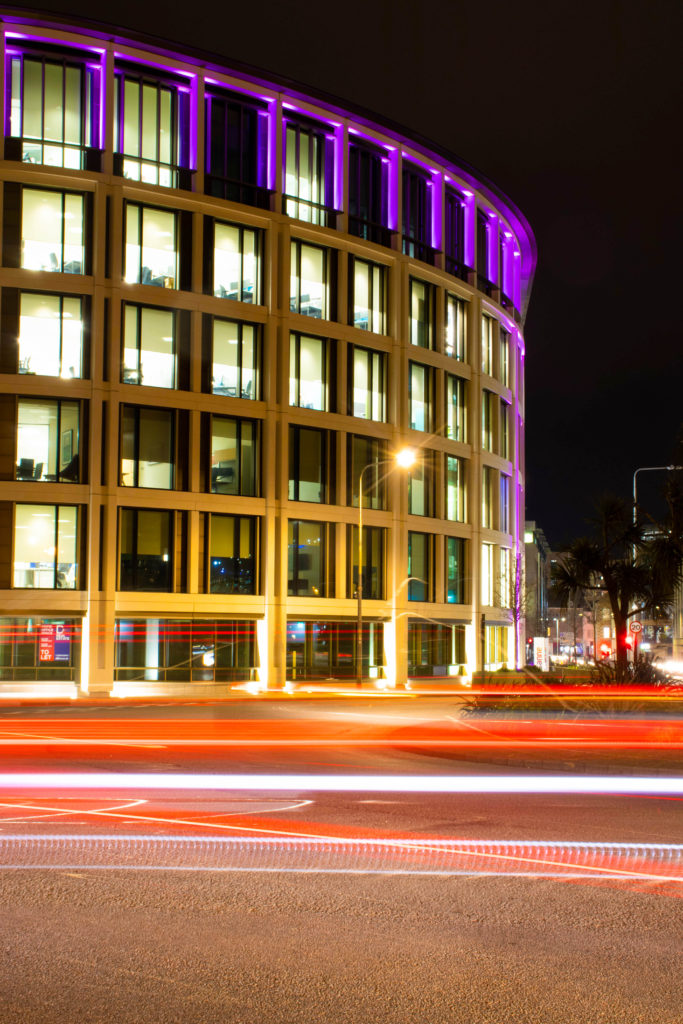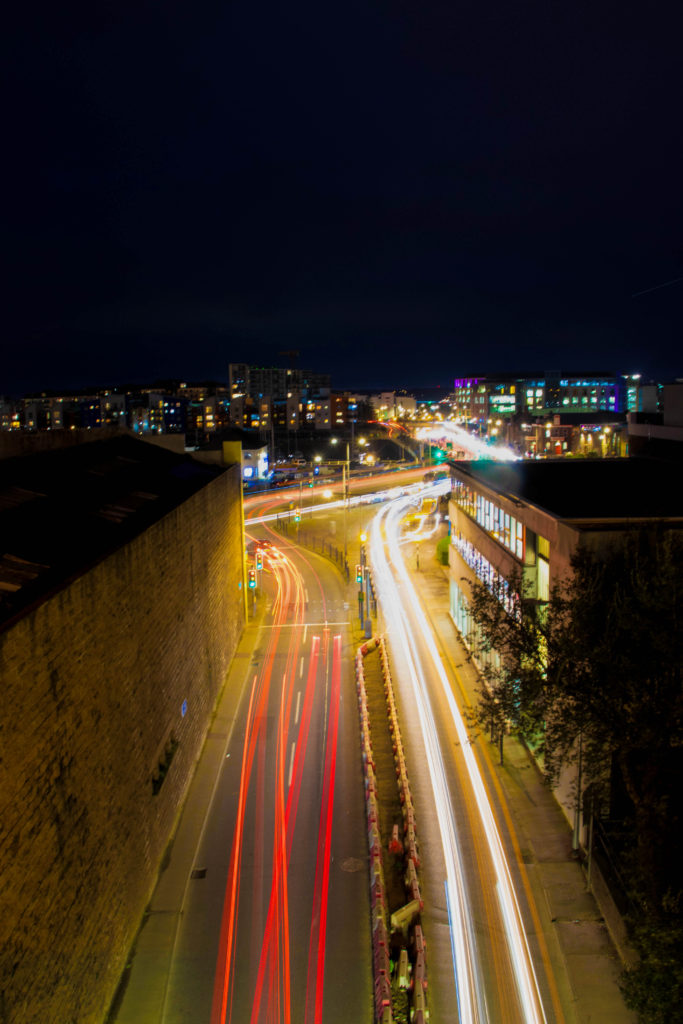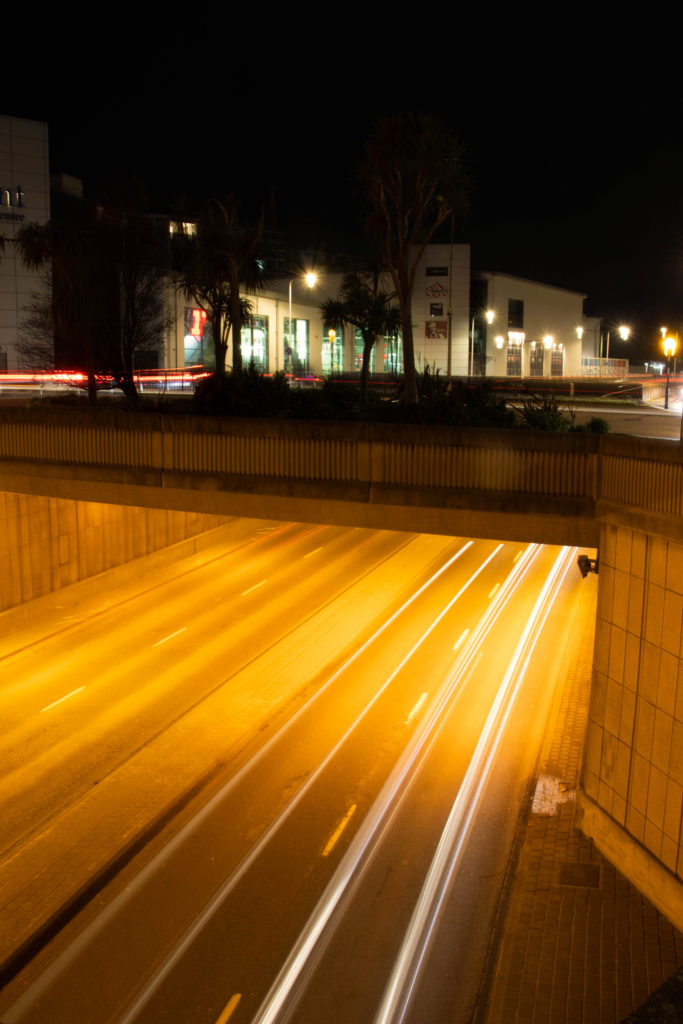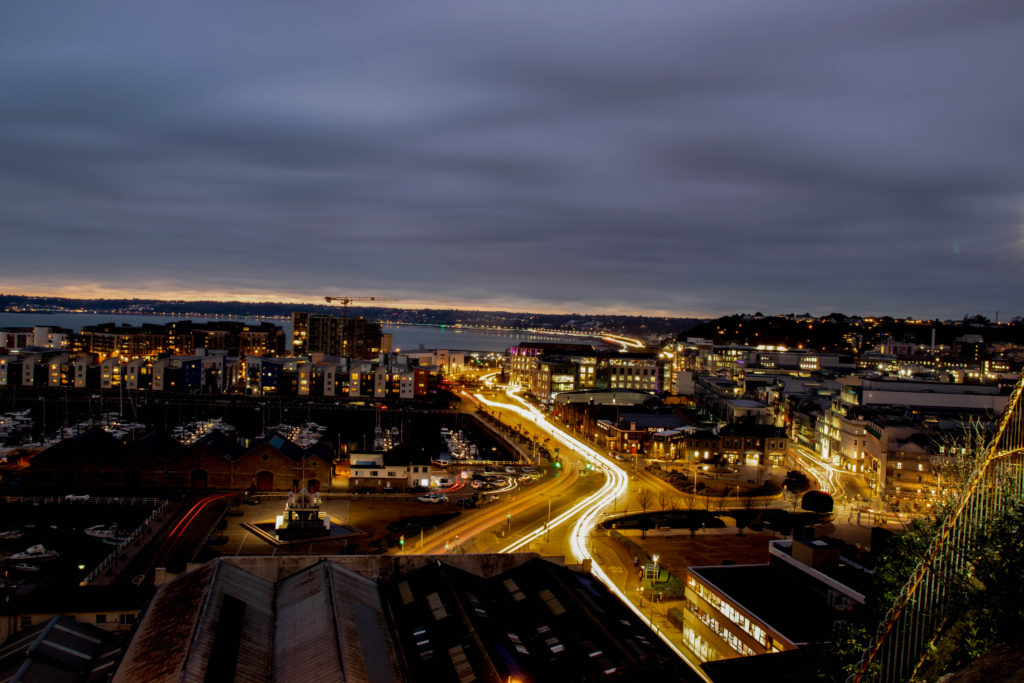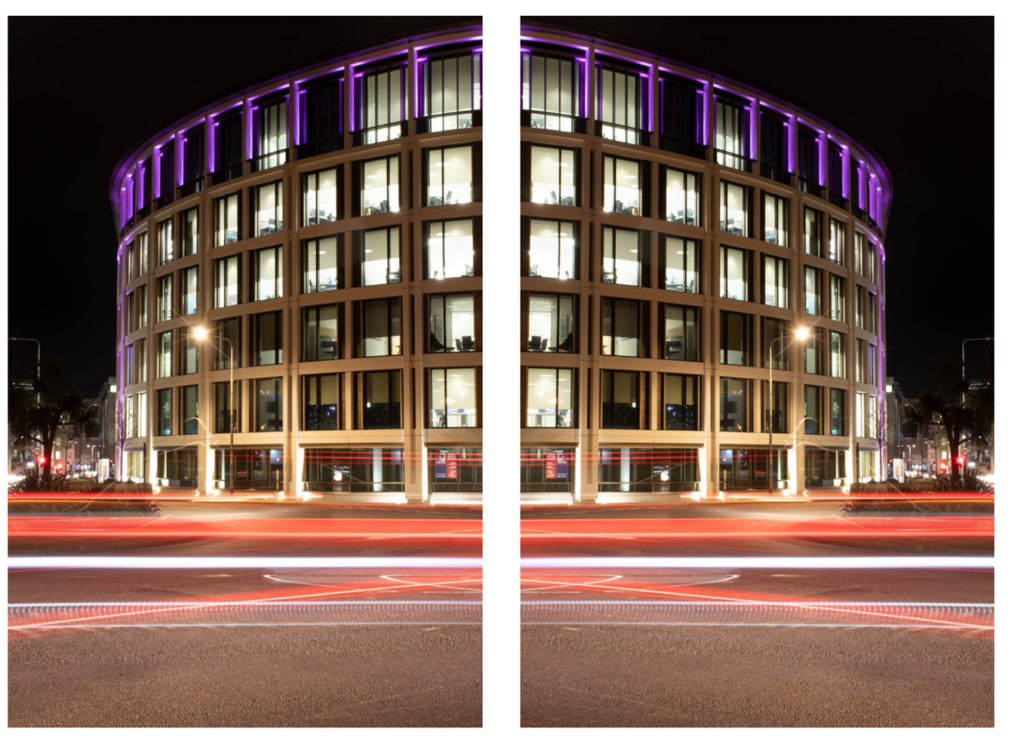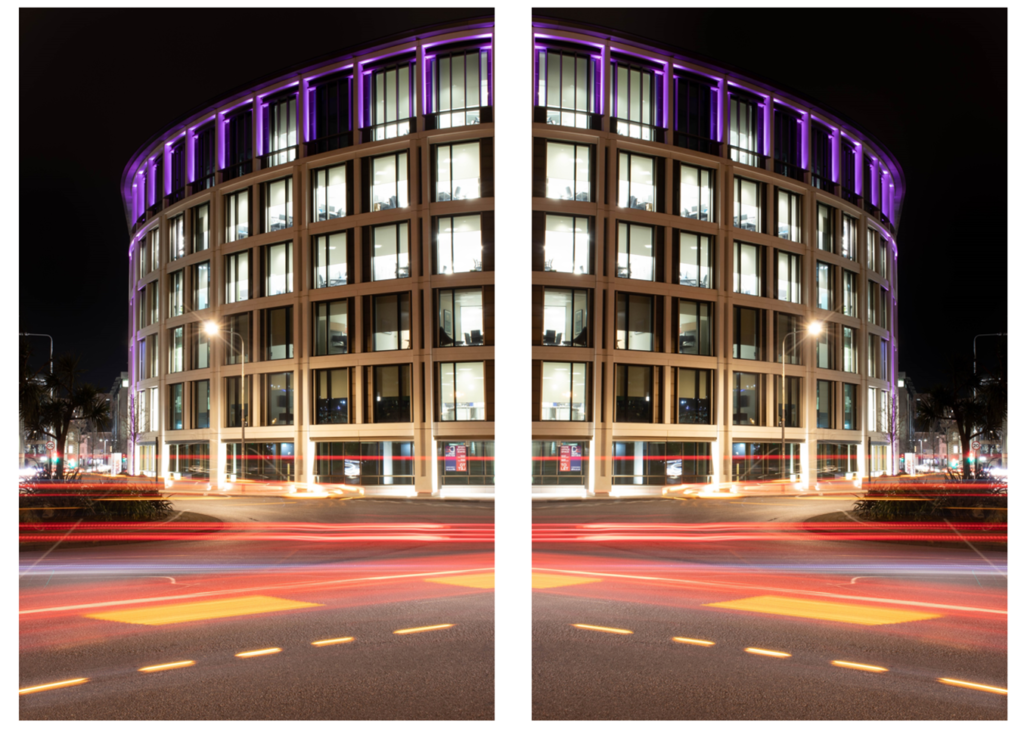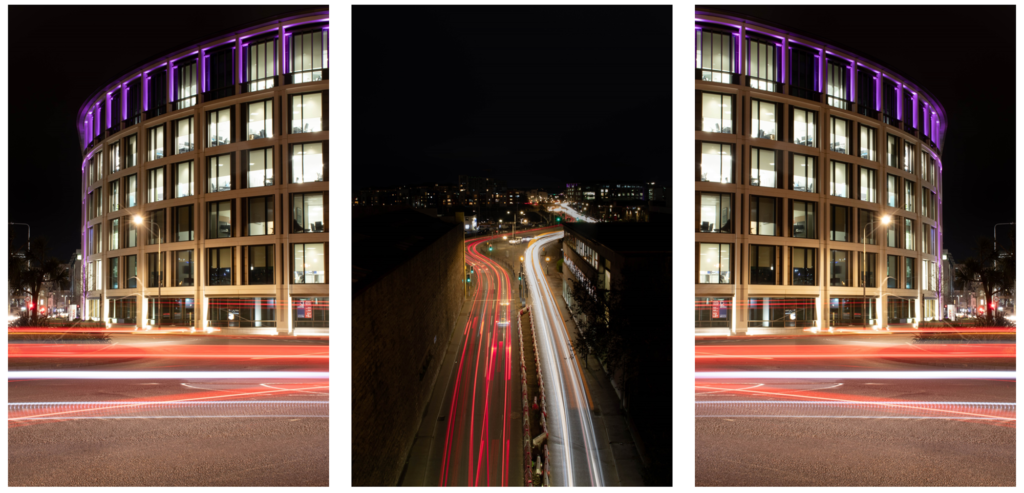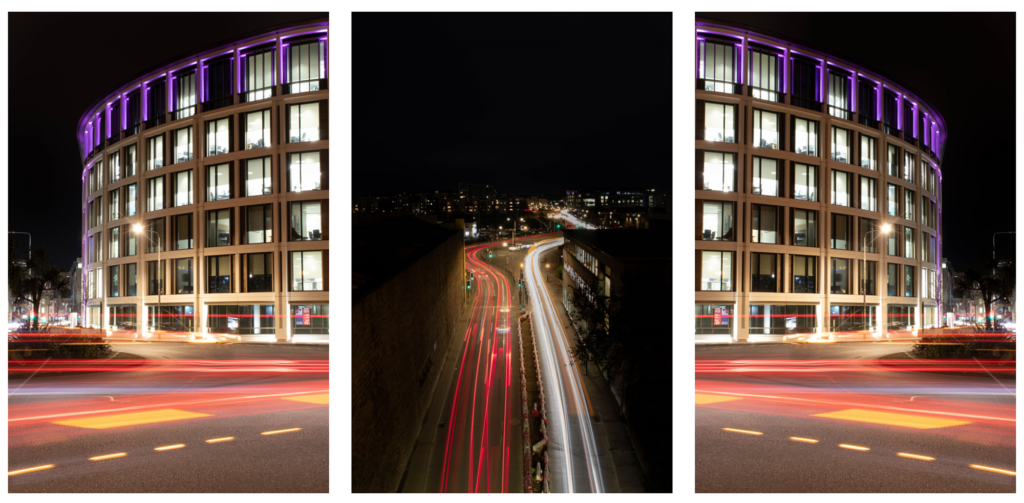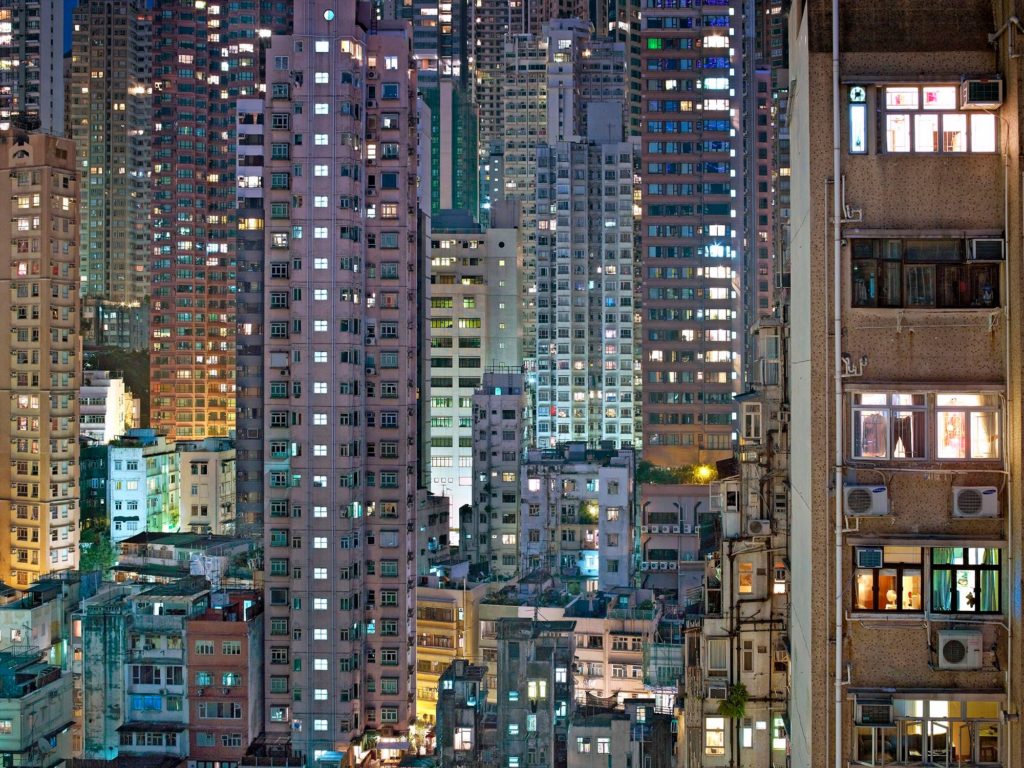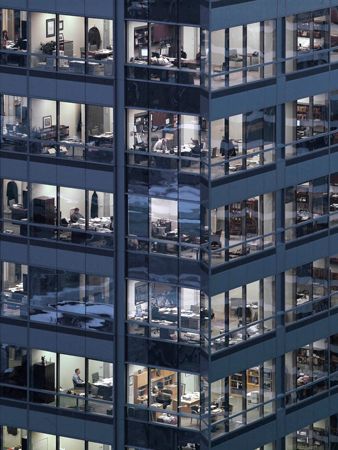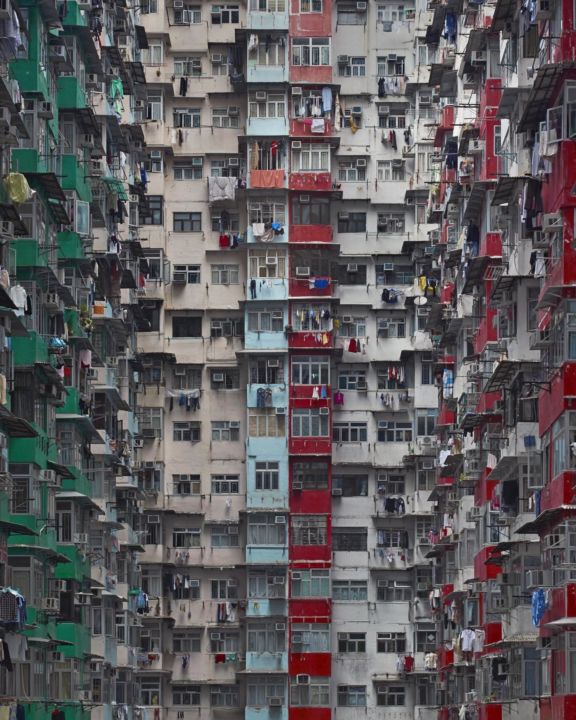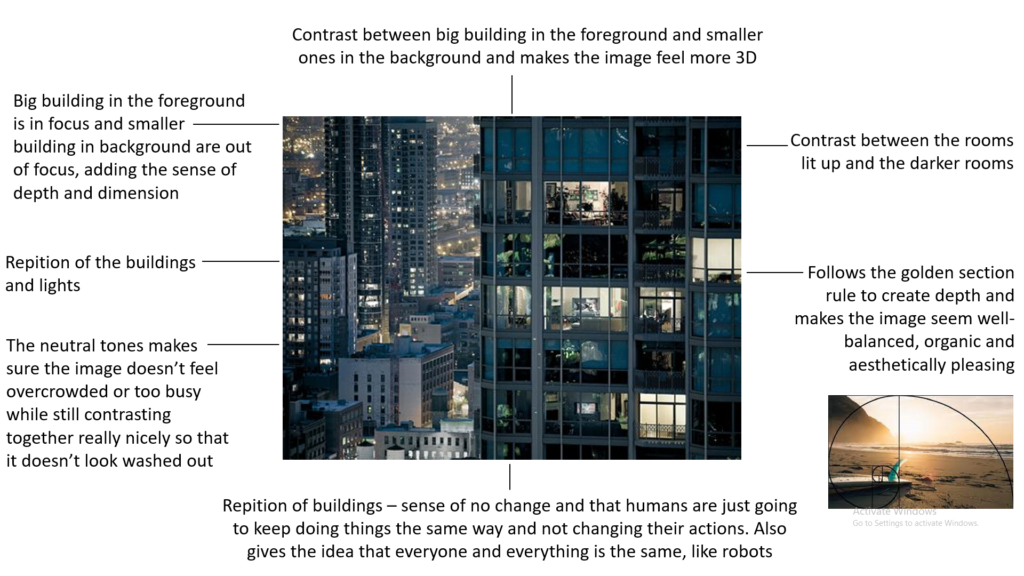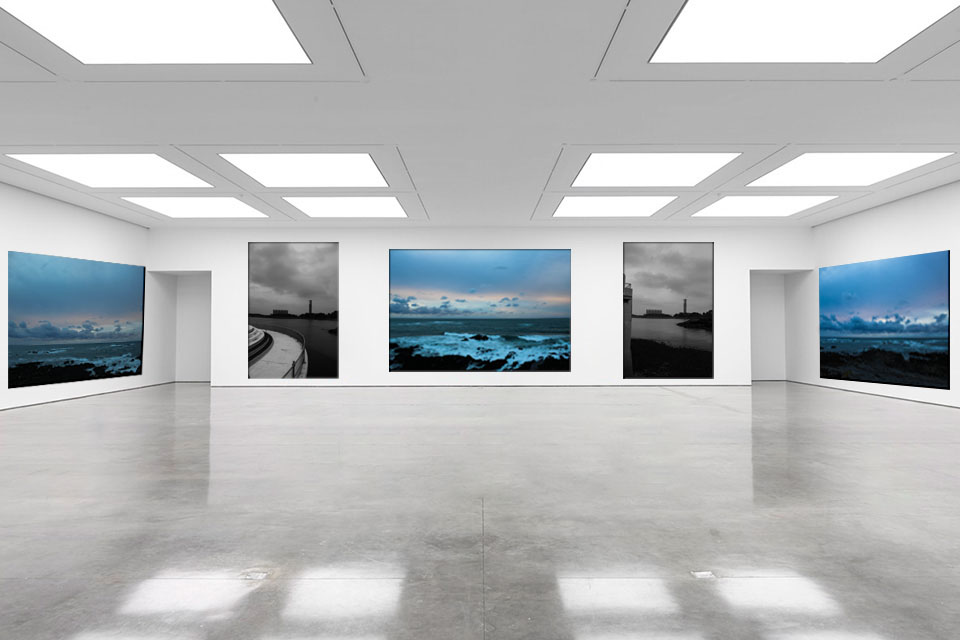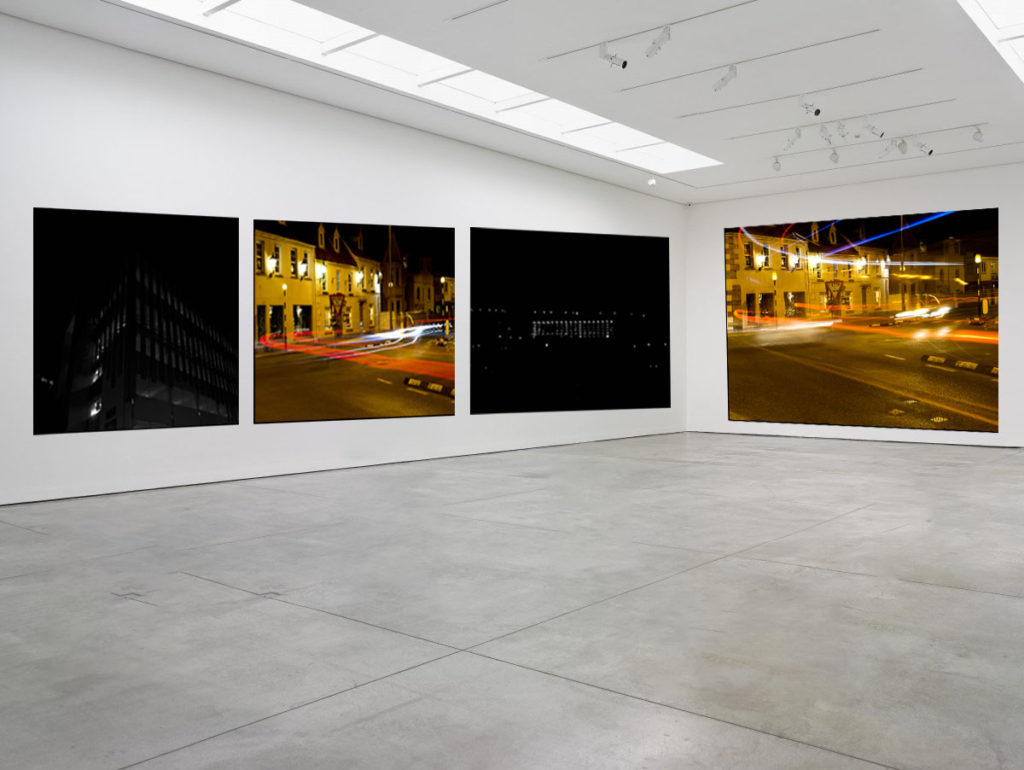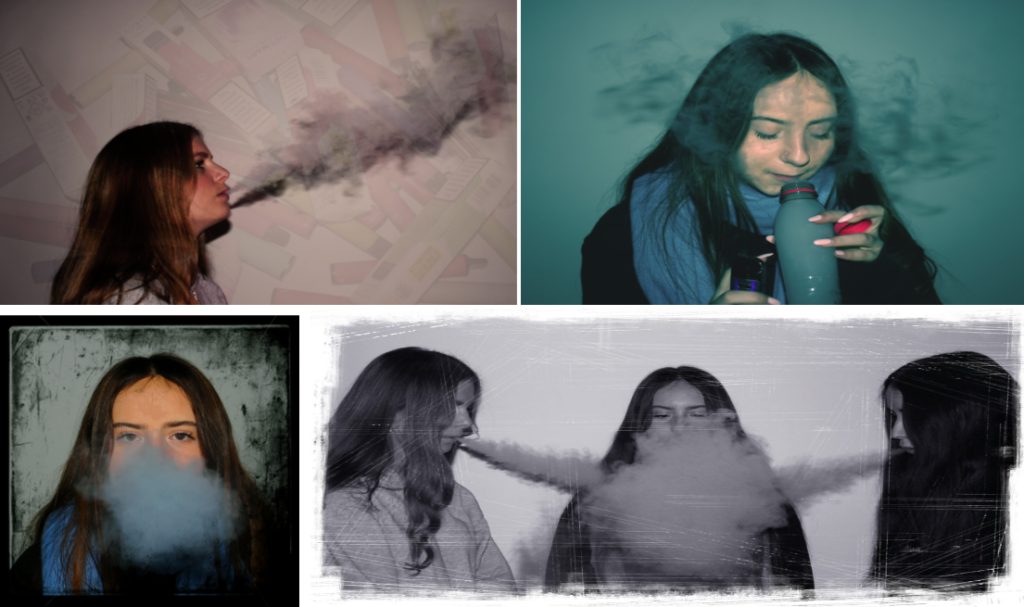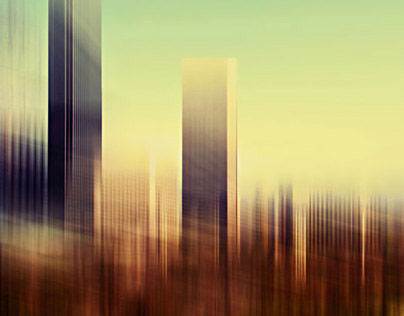Anthropocene = “proposed geological epoch dating from the commencement of significant human impact on Earth’s geology and ecosystems, including, but not limited to, anthropogenic climate change.”
Anthropocene, coming from the Greek terms for human (‘anthropo’) and new (‘cene’), is the time period where humans have had a catastrophic impact on the planet. Many things can represent Anthropocene: pollution, plastics, overcrowding, global warming, etc. In the past 11,500 years, humans have built a technological empire which is slowly killing the planet. It is argued that Anthropocene started at the beginning of the industrial revolution where the first fossil fuel economy was created. Some argue Anthropocene started when humans started farming and even some believe it dawned in the 1950s when humans let radioactive elements into the atmosphere after using nuclear weapons. Despite this argument, the thing that matters most is bring light onto what is happening to the planet and what we can do to prevent the worst happening and help save our home.
Anthropocene photography can come in the form of showing the devastating affects of humans/the impact on the environment, or showing off what we already have. Many people take for granted the beauty of what we have on this planet and cant see how we are ruining all the wonders we have.

Mood board
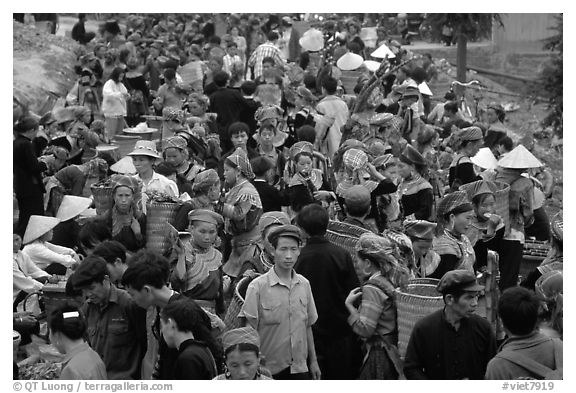

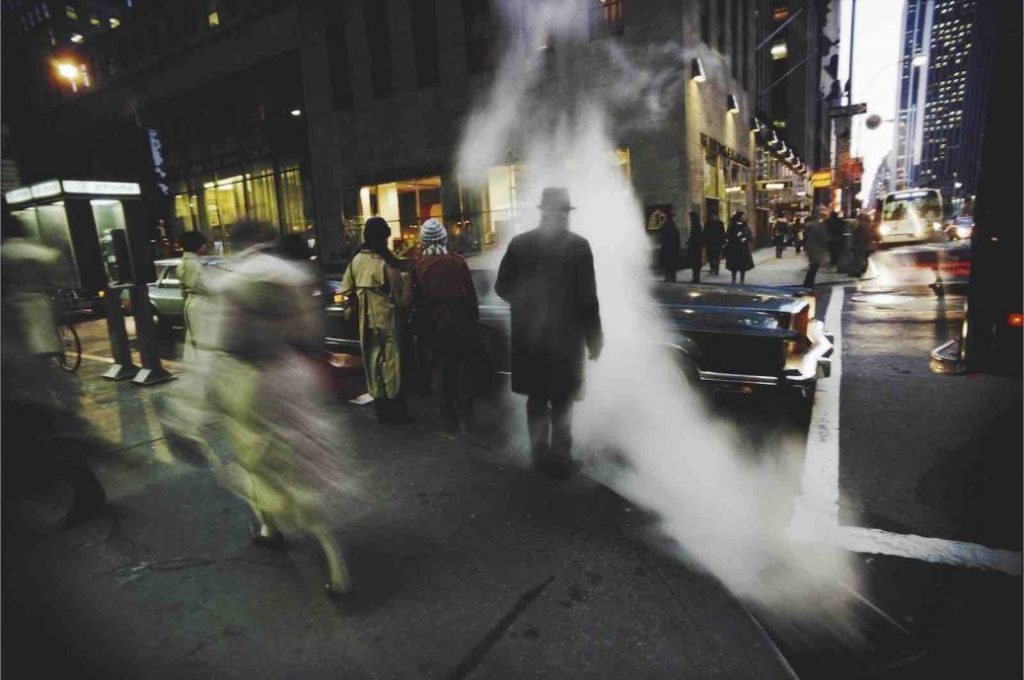
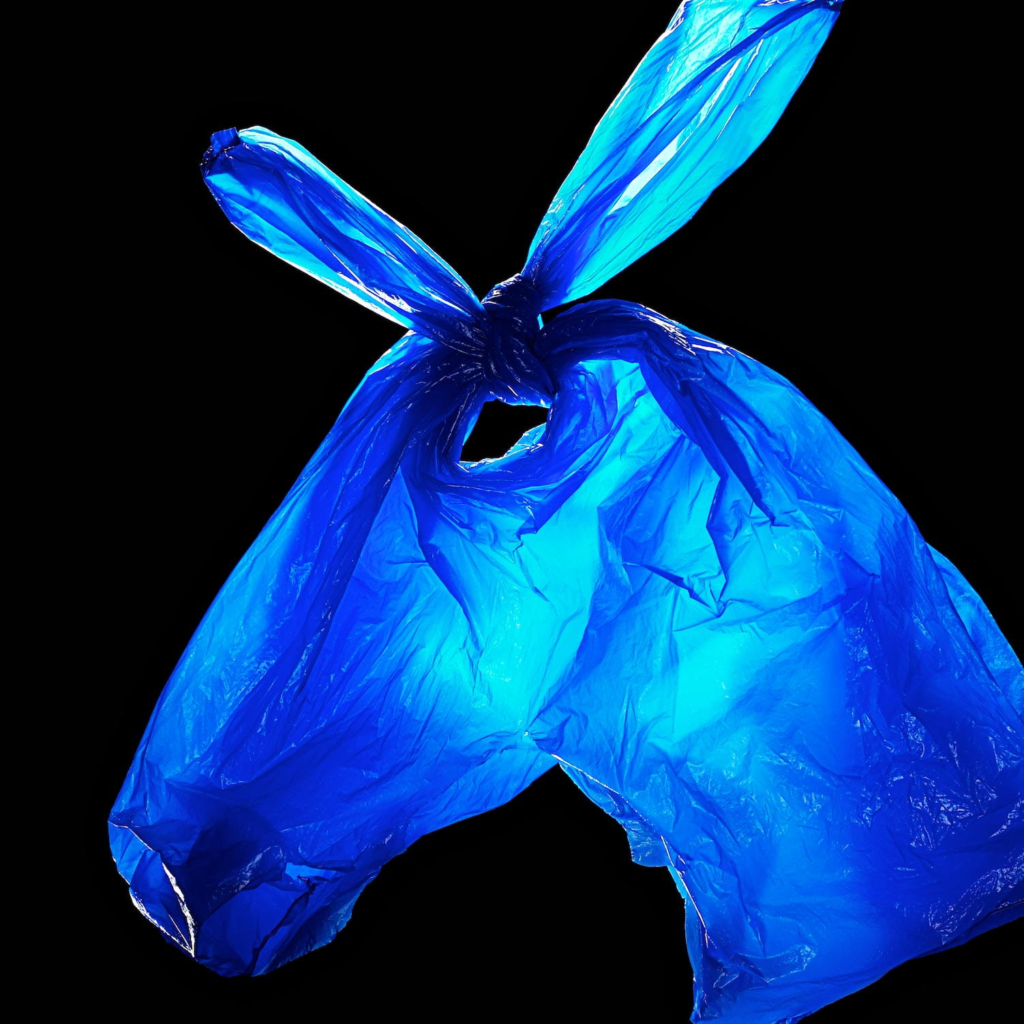

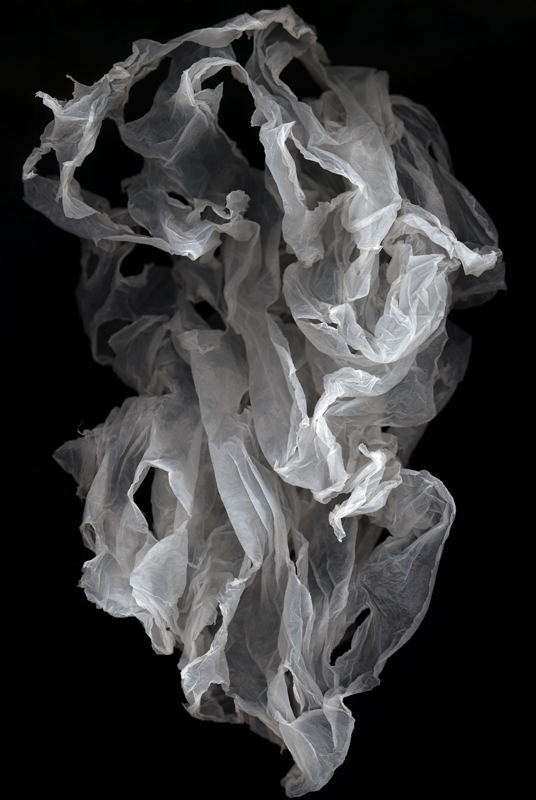
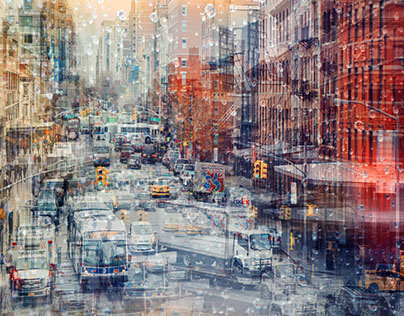
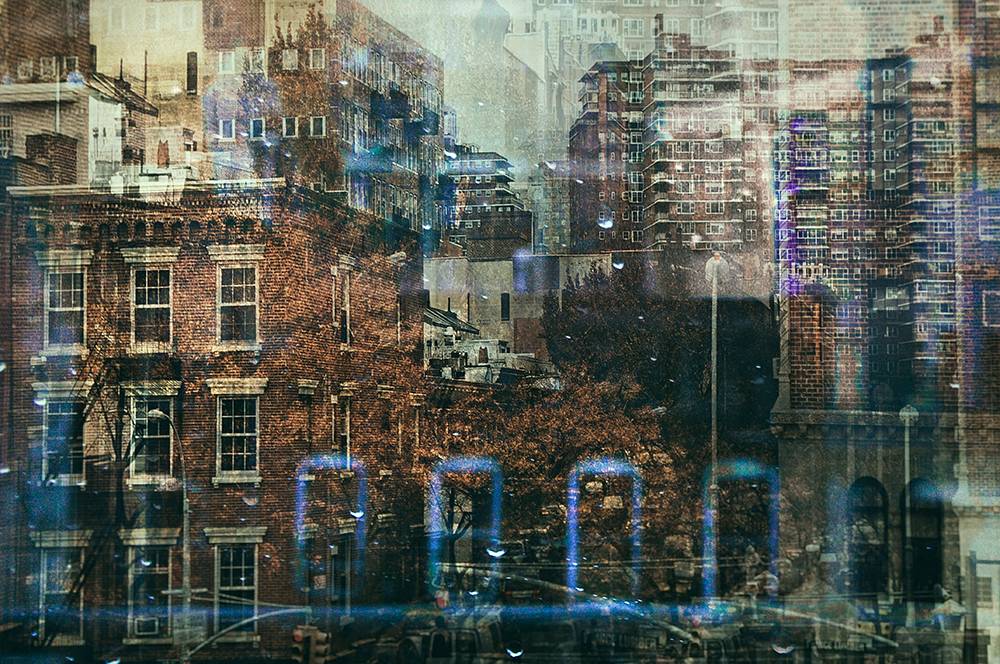
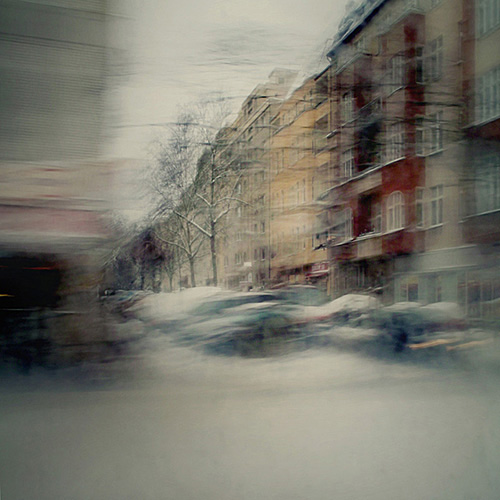



Mind map
